We’re on the cusp of the season—the time when tulips start popping out of the ground, and the trees fill with flower buds. This is the time to get organized and get ready because preparing your garden for the upcoming season is essential for a successful harvest for garden enthusiasts.
Let’s walk through everything you need to know to prepare your garden for spring!
Clean Up Winter Debris
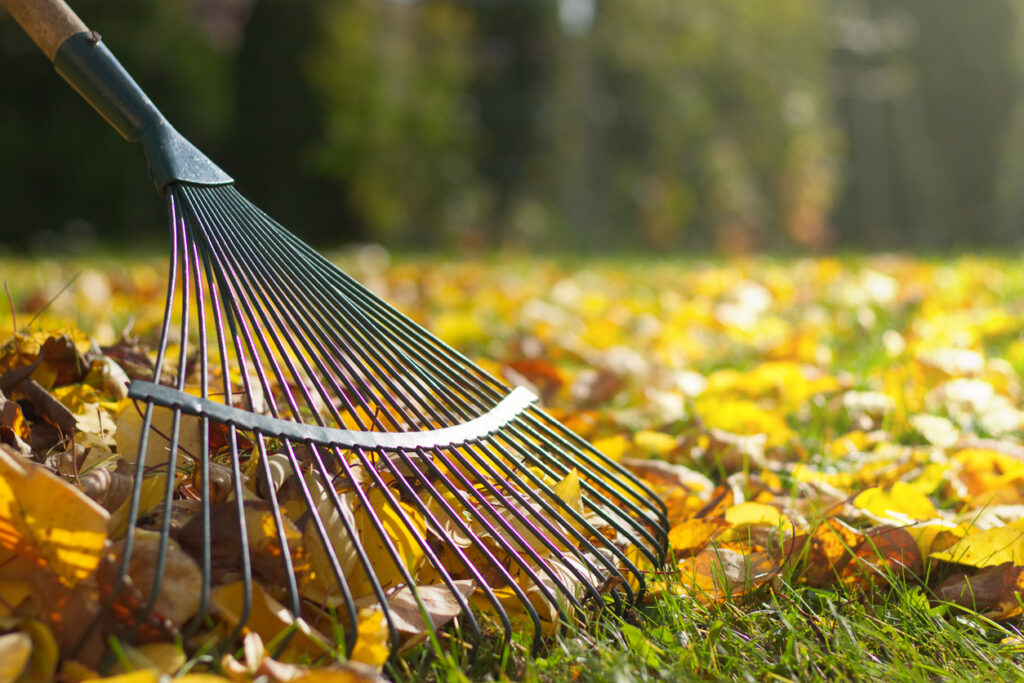
As we transition from winter to spring, it’s essential to give your yard some much-needed attention, especially if it’s looking a bit disheveled. Now is the perfect time to roll up your sleeves and start the cleanup process.
While it’s tempting to rid your yard of leaves completely, it’s important to remember that insects are still in hibernation, and they’ll remain that way until spring arrives. Instead, gently rake the leaves into beds and clear your lawn to prepare for new growth.
Grab your pruners and take a closer look at your shrubs. Remove any deadwood you come across, paying particular attention to berry canes if you haven’t done so already.
For larger shrubs and small trees, now is the tail end of the acceptable pruning period. Remove any branches that are aimed inward or crossing another branch to encourage healthy growth.
Don’t forget about your water features! Clean up ponds and bubblers that may have accumulated algae. Consider implementing mosquito control measures to prevent potential issues later in the summer.
Prepare Garden Beds
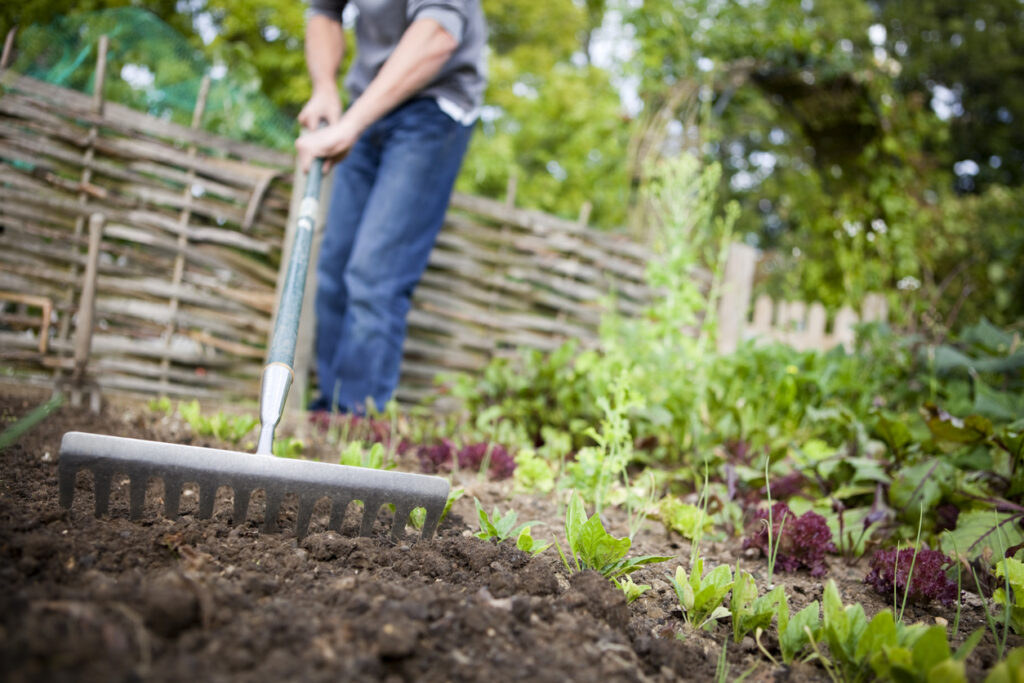
Preparing garden beds for spring is essential for ensuring optimal growth, especially if they’ve been lying dormant during the winter months.
Start by clearing out any dead crops, but leave the roots intact to decompose naturally and enrich the soil. Removing debris from the top of the beds, such as leaves or branches, will help minimize food sources for pests like slugs and snails. Setting up slug traps, like shallow dishes of beer, can also help control their population.
Take proactive measures to eliminate weeds before they have a chance to multiply. Ensure thorough removal of weeds, even the smallest ones, as they can quickly spread and compete with your plants for nutrients and space. Avoid tilling the entire bed, as it may bring dormant weed seeds to the surface. Instead, use a broad fork to loosen the soil gently, preserving its existing structure and beneficial microorganisms like mycorrhizae.
If you haven’t already done so, now is an excellent time to test your soil. Contact your local nursery, extension office, or farm store to inquire about soil testing services. By analyzing your soil’s composition and nutrient levels, you can determine any deficiencies and make informed decisions about soil amendments and fertilization.
Once the beds are clean and prepared, consider applying a layer of mulch. Mulch helps suppress weeds, regulate soil temperature, and retain moisture, providing a favorable environment for plant growth. Additionally, mulch protects plant roots from harsh weather conditions and minimizes soil erosion.
Installing low tunnels can be a beneficial option for those looking to extend the growing season and get a head start on spring planting. Low tunnels offer protection from frost and cold temperatures, creating a microclimate that encourages earlier plant growth and development.
Plan Your Planting
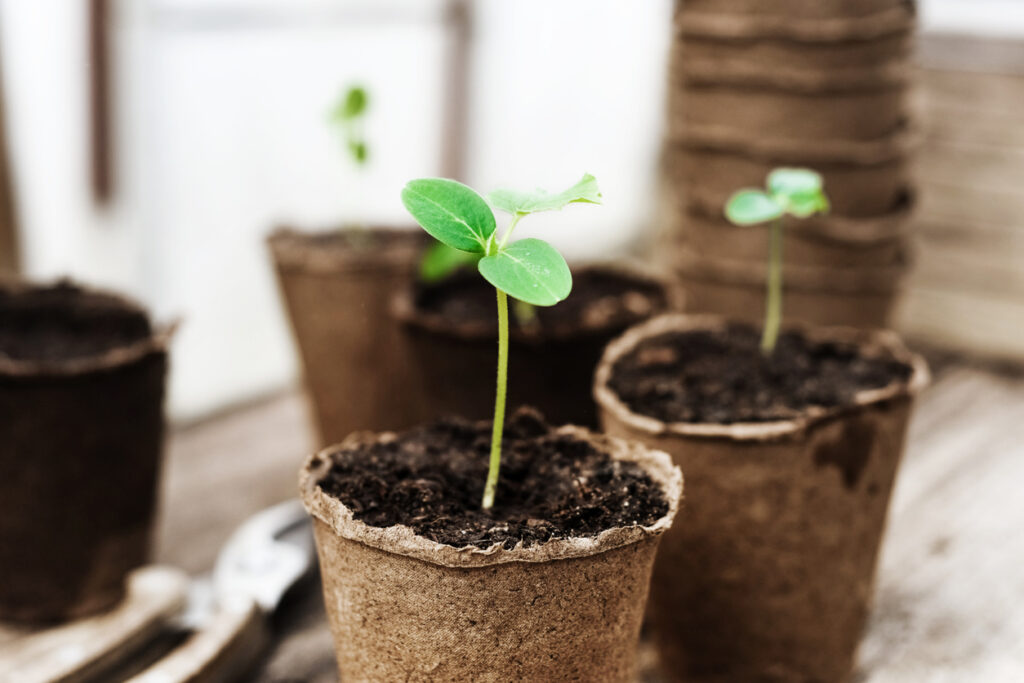
Now that you’ve assessed your garden space and prepared the soil, it’s time to plan your spring planting. When selecting plants for your garden, consider the local climate, sun exposure, and plant compatibility. Create a planting schedule or diagram to help organize your planting efforts and ensure a diverse and visually appealing garden.
Starting seeds indoors can give them a head start and extend the growing season for certain plants, such as tomatoes, peppers, and annual flowers. Use seed trays or containers filled with seed-starting mix and provide adequate light, warmth, and moisture to encourage healthy seedling growth. Transplant seedlings outdoors after the last frost date for your area.
Prune and Trim
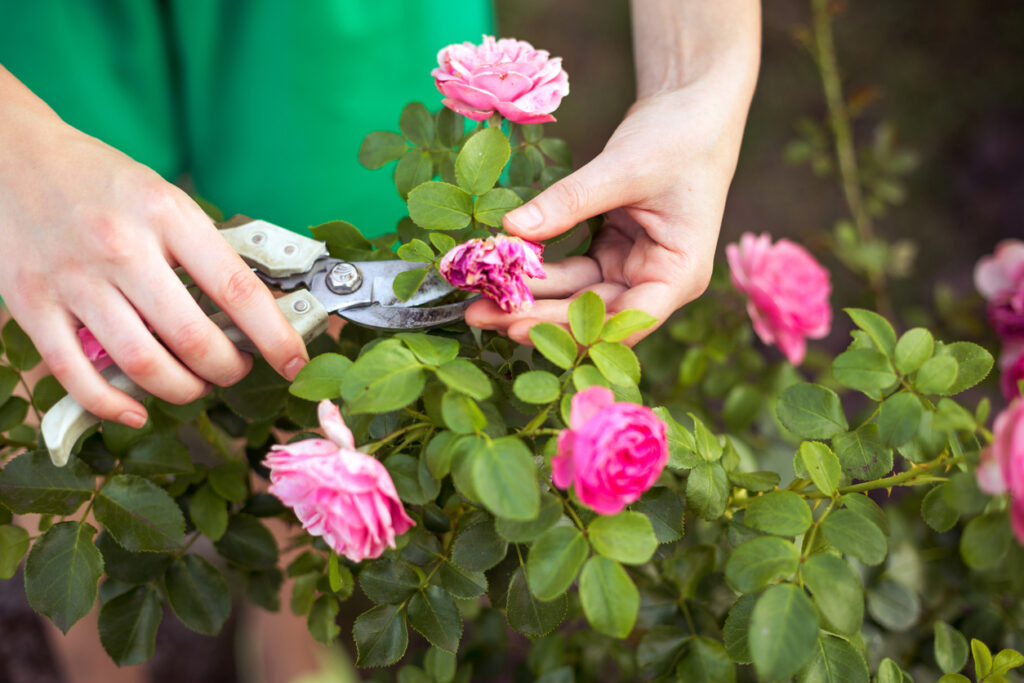
Spring is an ideal time to prune trees, shrubs, and perennial plants, such as rose bushes, to remove dead or damaged branches and encourage new growth. Use clean, sharp pruning tools and make cuts at a 45-degree angle just above a bud or branch junction. Be sure to research specific pruning techniques for different types of plants to avoid damaging them!
Irrigation System Check
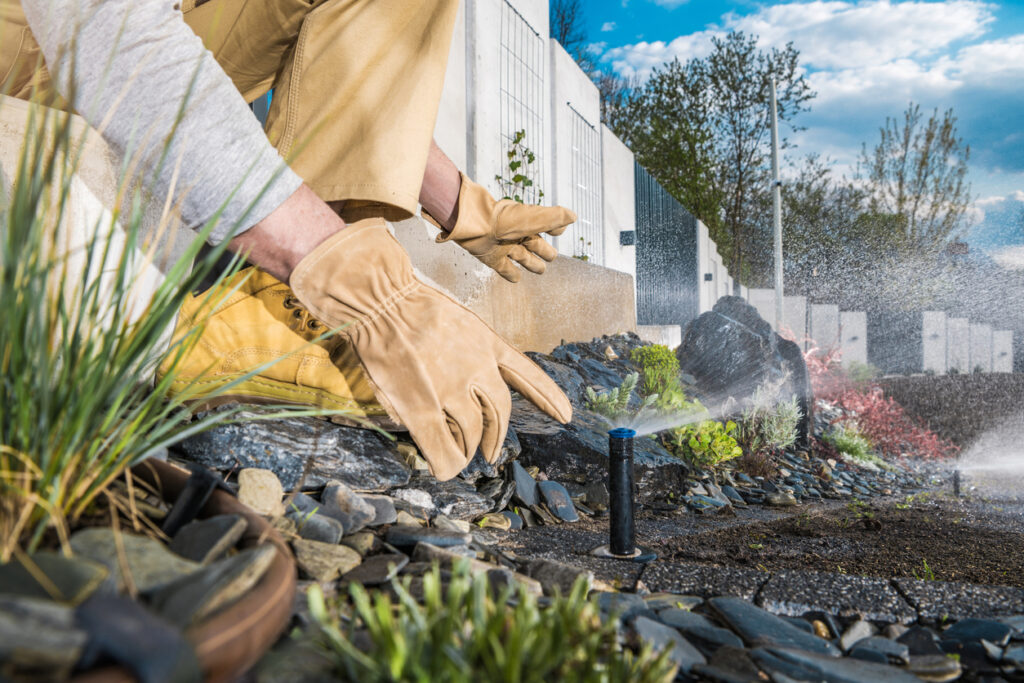
Inspect and test your garden irrigation system to ensure it’s functioning properly and efficiently. Check for leaks, clogs, or damaged components, and adjust the settings to provide adequate water to your plants. Consider installing a drip irrigation system for a less labor-intensive and environmentally friendly way to water your plants.
Protect Against Pests and Diseases

Take proactive measures to protect your garden against common pests and diseases. Natural pest control methods, such as beneficial insects, companion planting, and row covers, can be used to deter pests without chemical pesticides. Monitor your plants regularly for signs of disease or pest infestation and take prompt action to address any issues.
Enjoy Your Garden!

While it might seem like a lot of work to prepare your garden properly for spring, there is so much to be said about the joy of watching your garden transform. Aside from the beautiful landscape, gardening has been known to lighten moods and lower stress and anxiety levels.
“If you spend your time chasing butterflies, they will fly away. If you spend your time making a beautiful garden, the butterflies will come to you.” – Unknown

